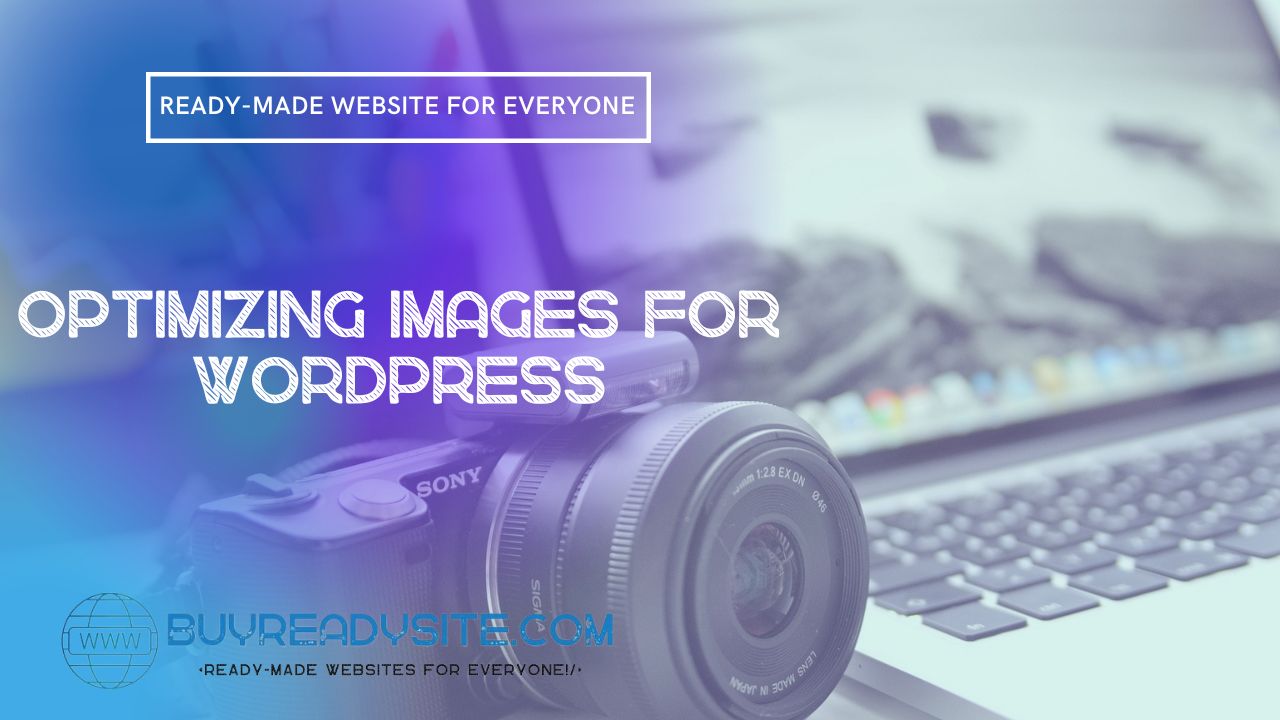
Optimizing images is an important part of running a WordPress site. Compressing and formatting images correctly will help speed up page loading and improve user experience. In this article, we will cover tips and best practices for optimizing images for your WordPress site.
Contents of the article
1. Choosing the right image format
Choosing the right image format can have a significant impact on file size and image quality. Here are the main formats that are recommended to use:
- JPEG – the most popular format for photographs. It supports lossless compression, which allows you to reduce the file size without significantly reducing the quality.
- PNG – Suitable for images with a transparent background or with a lot of fine detail. PNG files are usually larger in size but have better quality than JPEG.
- WebP – a modern format developed by Google. WebP offers lossless compression for photos and lossy compression for graphics, making it an ideal choice for many types of images.
2. Using the optimal image size
Using images that are too large can cause your page to load slowly and degrade the user experience. Make sure the image size matches the container size on your site. In WordPress, you can set thumbnail, medium, and large image sizes in Settings > Media.
3. Image compression
Compressing images will help reduce their size without significantly reducing their quality. For this, you can use plugins such as:
- WP Smush
- ShortPixel Image Optimizer
- Imagify
4. Lazy Loading of Images
Lazy loading of images allows you to postpone loading images that are outside the visible area of the page. This speeds up page loading time and saves user traffic. There are several plugins for implementing lazy loading in WordPress, such as:
- a3 Lazy Load
- Lazy Load by WP Rocket
- Smush Lazy Load
5. Using Content Delivery Network (CDN)
A Content Delivery Network (CDN) is a system of servers located around the world that copies your content and delivers it quickly to users from the source closest to them. Using a CDN helps speed up the loading of images and other content on your site. Examples of popular CDN providers include:
- Cloudflare
- KeyCDN
- Amazon CloudFront
6. Optimize images before uploading
Before uploading images to your WordPress site, it is recommended to optimize them using tools like:
- TinyPNG
- ImageOptim
- Kraken.io
Conclusion
Image optimization plays an important role in the process of speeding up and improving the performance of your WordPress site. Follow these tips and best practices to make your site faster and more user-friendly. If you want to optimize your site even more, contact our experts at https://buyreadysite.com/ru/services/wordpress-uskorenie/ for help optimizing and speeding up your WordPress site.